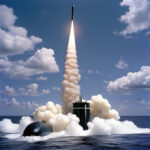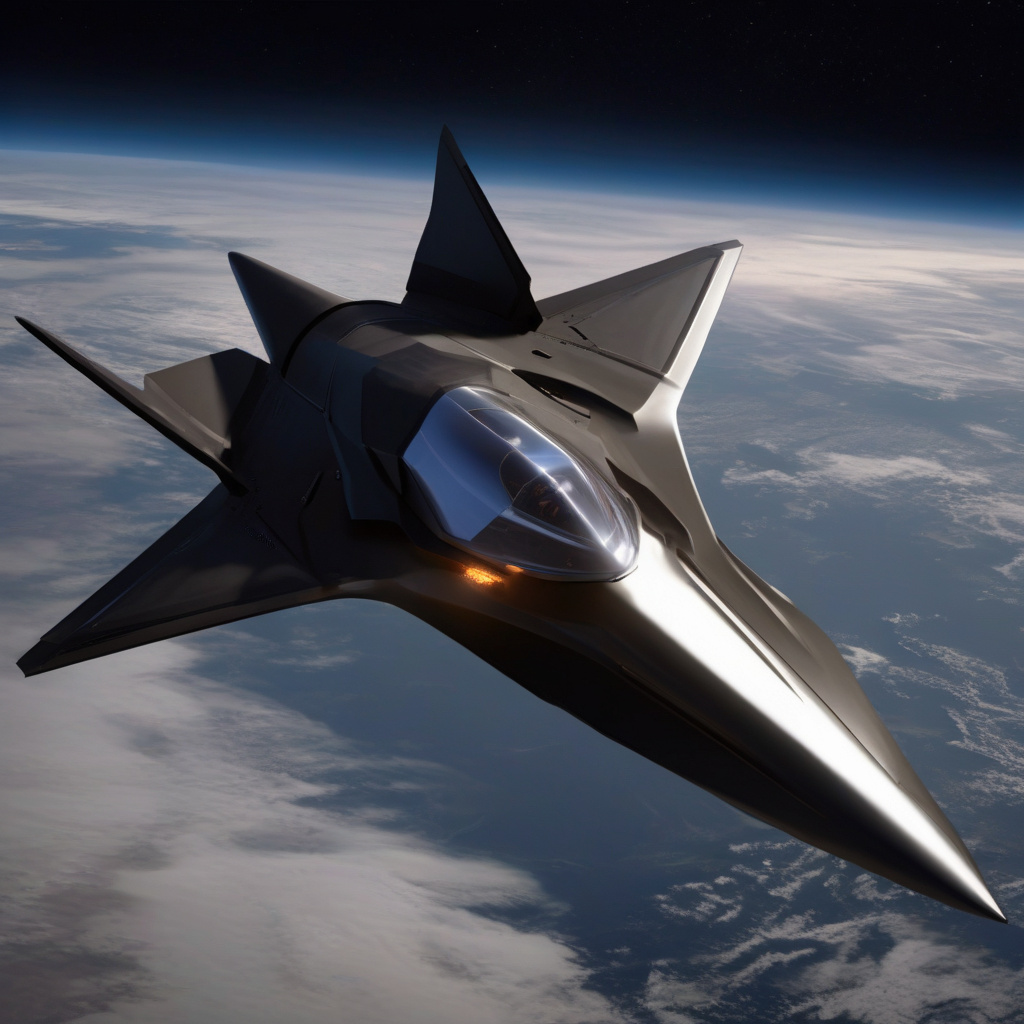US Military-Backed Hypersonic Vehicle to Hit Mach 5+ in Test with New Rocket Engine
U.S.-based aerospace company Ursa Major has been awarded a $32.9 million contract to upgrade the propulsion system of a hypersonic vehicle backed by the U.S. military. This significant development marks a crucial step forward in the pursuit of cutting-edge technology that could revolutionize military capabilities.
The hypersonic vehicle in question aims to achieve speeds exceeding Mach 5, which is more than five times the speed of sound. Such velocities would enable the vehicle to cover vast distances in a remarkably short period, enhancing the military’s ability to respond swiftly to potential threats.
At the heart of this project lies the integration of a new rocket engine designed to propel the vehicle to hypersonic speeds. Ursa Major, known for its innovative approach to aerospace engineering, will leverage its expertise to enhance the propulsion system significantly. This upgrade is expected to not only boost speed but also improve overall performance and efficiency.
The implications of this endeavor are far-reaching. By harnessing the power of hypersonic technology, the U.S. military could gain a strategic advantage in various operational scenarios. From rapid deployment of personnel and equipment to swift response to emerging threats, the capabilities offered by hypersonic vehicles are unparalleled.
Moreover, the successful development of a hypersonic vehicle with a Mach 5+ capability would demonstrate the U.S.’s commitment to remaining at the forefront of technological advancement. In an era where military superiority is closely linked to technological prowess, investments in cutting-edge projects like this one are crucial for maintaining a competitive edge.
It’s essential to highlight that the pursuit of hypersonic technology is not without its challenges. The extreme speeds and temperatures involved push the limits of current engineering capabilities, requiring innovative solutions and rigorous testing. However, the potential benefits in terms of enhanced military capabilities justify the investment and effort required to overcome these obstacles.
As the project progresses and the upgraded propulsion system undergoes testing, the aerospace community will be closely watching for results. The successful demonstration of a hypersonic vehicle reaching Mach 5+ would mark a significant milestone, paving the way for further advancements in this groundbreaking field.
In conclusion, the U.S. military-backed initiative to upgrade a hypersonic vehicle with a new rocket engine represents a leap forward in technological innovation. The pursuit of Mach 5+ speeds holds immense promise for enhancing military capabilities and maintaining strategic superiority. As Ursa Major and its partners work towards this ambitious goal, the aerospace industry anticipates the dawn of a new era in hypersonic technology.
hypersonic, military technology, aerospace engineering, Ursa Major, propulsion system












